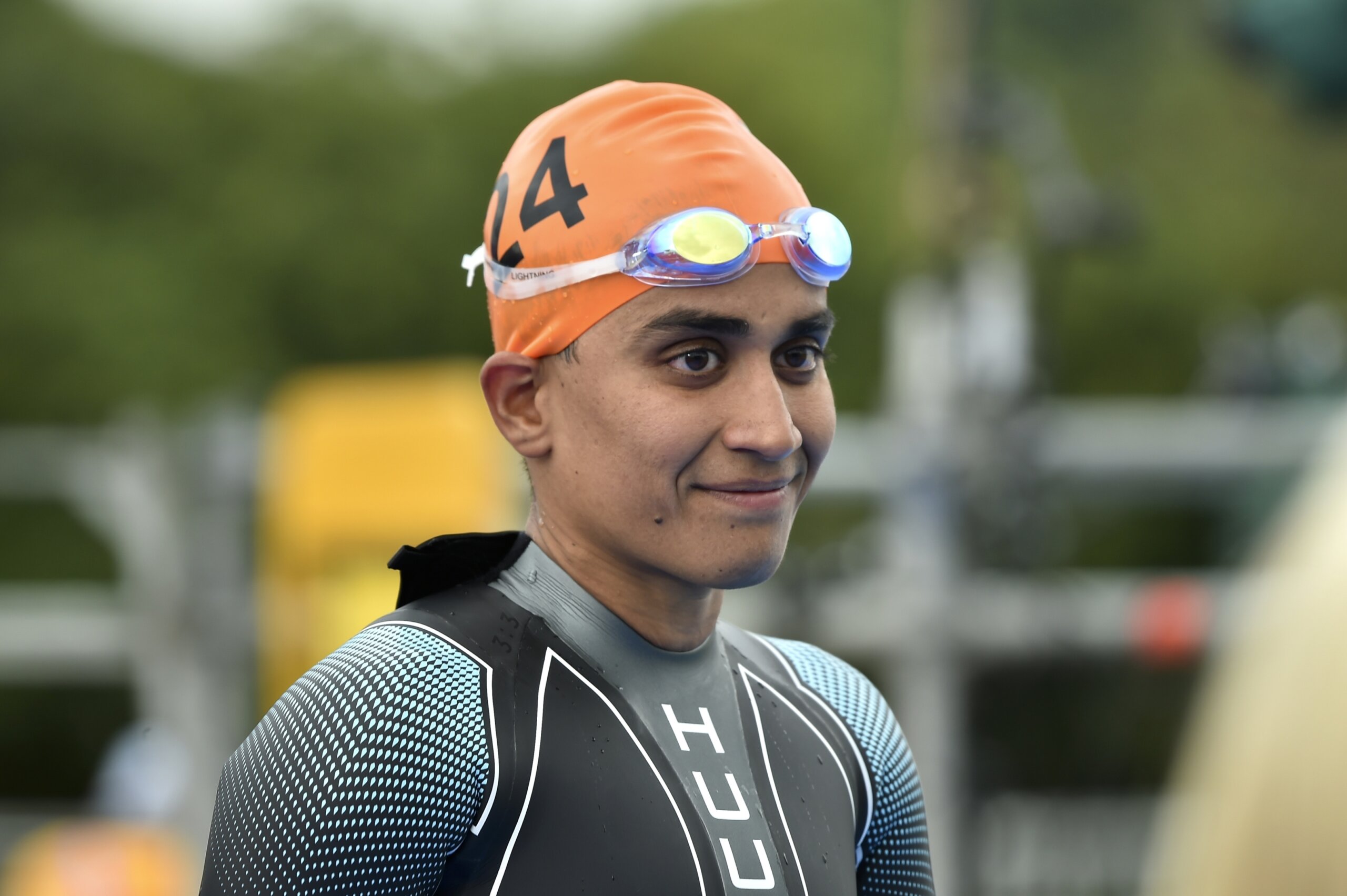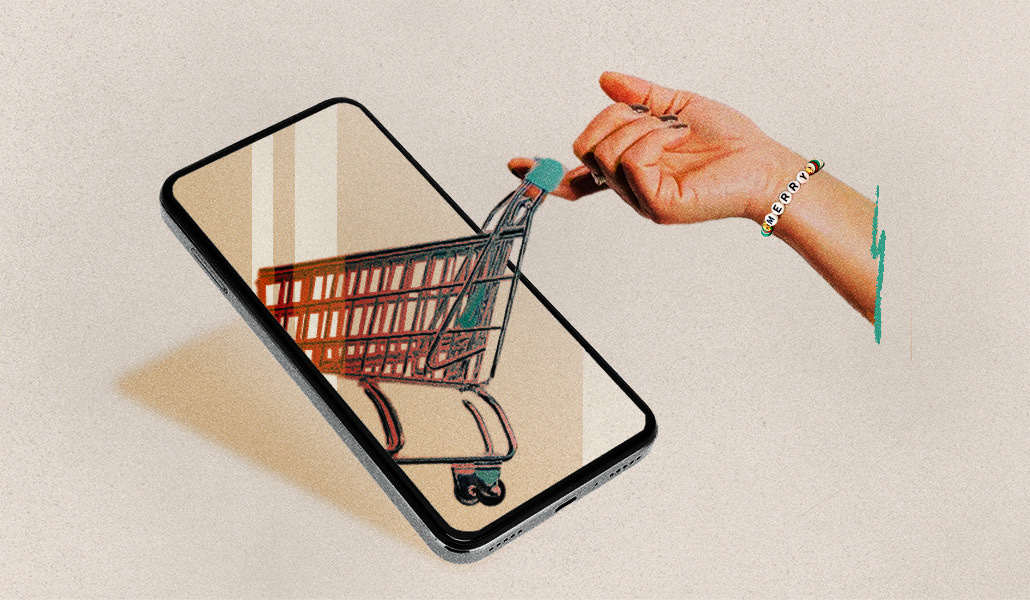World
Better. A Better Life. A Better World. A Single Word That Makes Things Better.

An interactive map made using GIS showing the rise in fuel prices by percentage displayed where they … [+]
As a 23-year-old graduate student, I worked in a place that shaped the rest of my life. It was Harvard’s Lab for Computer Graphics and Spatial Analysis. It was 1968. The desktop computer wouldn’t be introduced for nine years. Across all of Harvard, there was just one computer shared by the entire university.
The Lab was a special place. It was the brainchild of Howard Fisher, an architect who sensed the magic of combining computers and geography — to draw a new kind of map.
Extraordinary amid the tumult of the late 1960s, the Lab was a gathering place for computer scientists and mathematicians, geographers and social scientists, urban planners and designers — working together.
I was there day and night, learning how to turn all kinds of data — from geographic features to traffic flow to pollution data — into information that a computer could put on a map.
It was exciting. It was fun. We were on the verge of the digital revolution. We were helping spark that revolution right there in the Lab.
It was there that Fisher taught me the way to push forward was not to worry about making things the best. The software didn’t have to be perfect. The graphics didn’t have to be perfect. The printed maps didn’t have to be perfect.
They just had to be better. They had to be better than what anyone could do at that point, and better than we had done last week or last month.
Jack Dangermond’s work at Harvard’s Lab for Computer Graphics and Spatial Analysis was a major … [+]
Perfect, in fact, was not something to aspire to.
Better was the engine to move everything forward.
The opportunity to use these new mapping tools, to understand them, to see their limits and their gaps, and then to make them better in the next round — that created the motivation. It created the gravitational force that pulled us along.
Yes, the early software was complex. And the early maps were monochrome, made on dot-matrix printers.
But the ideas were modern. We understood the possibilities of what maps could do. It was nearly limitless. Maps could show us the world in all new ways. Maps could tell stories.
Just as important, Howard Fisher had freed us from the trap of making it perfect to start. Instead, we needed to make it better with each iteration.
The way to transform maps, the way to create the golden era of what we now call “geographic information systems” (GIS), was what better could get us.
Theatrum Orbis Terrarum (Theatre of the World), Is considered to be the first true modern atlas, … [+]
More than five decades after my work in the Harvard Lab, we have done more than make maps better. We have figured out how maps can make the world better.
We now have leaders in business and government infusing GIS technology into everything, all levels of analysis and operations and decision-making — to make it better.
We can now make maps that help us solve almost every problem.
These are maps that guide emergency responders and aid organizations in staging supplies and evacuating neighborhoods. They simulate ripple effects of supply chain shifts. They show businesses like Amazon where to locate a warehouse to use less energy or Chik Fil A where to open a drive-thru to reach more customers. During the pandemic, these maps gave real-time updates of global infection rates.
The port of Rotterdam runs on high-precision mapping called a “digital twin.” So does the San Francisco International Airport.
As climate change puts land and people at risk, companies as diverse as Walmart and AT&T have used sophisticated GIS mapping to literally predict the future: Both have mapped their critical facilities, then layered on detailed climate models that predict flooding, extreme heat, and wildfires. They can see which facilities are most at risk 5 years from now, or 20 years from now, and protect those facilities today.
It’s the possibilities we dreamed of, working in the Harvard Lab. And it’s even beyond the vision that inspired us in 1968.
There’s another great example in this system called the Data in Emergencies center, or DIEM. It’s a GIS mapping and analysis tool the United Nations uses to address food emergencies.
DIEM can spot the potential for a mass food crisis, or even starvation. Analysts gather data on every country, on the ground and from satellites. They look at farming, livestock, rainfall, drought, transportation, and conflict to quickly dispatch food aid where it’s needed most.
For the 27 countries most at risk, or already in food crisis, the monitoring and response moves in near real-time. When the Kakhovka Reservoir in Ukraine was destroyed in June 2023, it unleashed a cascade of water 18 feet high that flooded an area four times the size of Washington, DC. It left 1.4 million acres of productive farmland without irrigation — washing the topsoil, and the people, from that land. This sent a food crisis across Ukraine and the entire region, raising crop prices around the world.
It was the kind of event the DIEM was designed to help manage. And DIEM is possible because of sophisticated GIS mapping technology.
Digital maps are driving another vital trend: Transparency. So much important information is now publicly available, with GIS as a huge driver of public data and open-source analysis. All this widely available data allows us to get better at mapping, so we can understand what’s happening now and see solutions for the future.
When you see the problems so clearly, they become impossible to ignore. That’s the opportunity, the imperative, that better creates.
Better is what we all want. For ourselves, for our organizations, for our communities.
It’s not about chasing what’s best. Best can be a shifting target.
But we can all be better.
That notion of being better gives us a sense of possibility, of optimism.
We all can get better — as people, as a society. We can understand the world as it is now, see into the future so we know what the world is becoming, and then we can adapt — better.
We need to adapt in the smallest ways. And we need to adapt in the most sweeping ways. Maps help us do this.
We can adapt to new circumstances, make progress, and create a better world. In fact, I believe, we can map for ourselves a better future.










